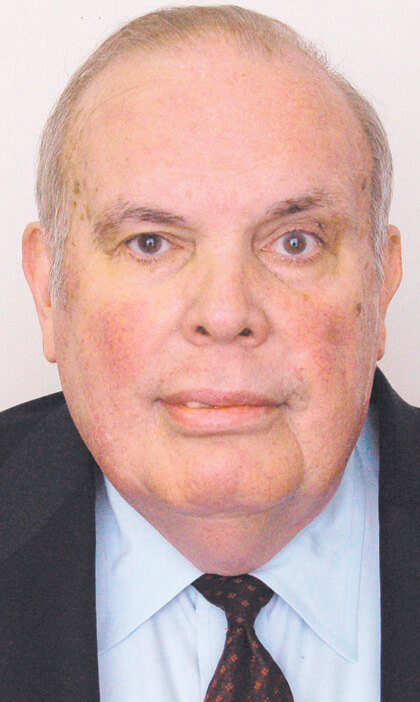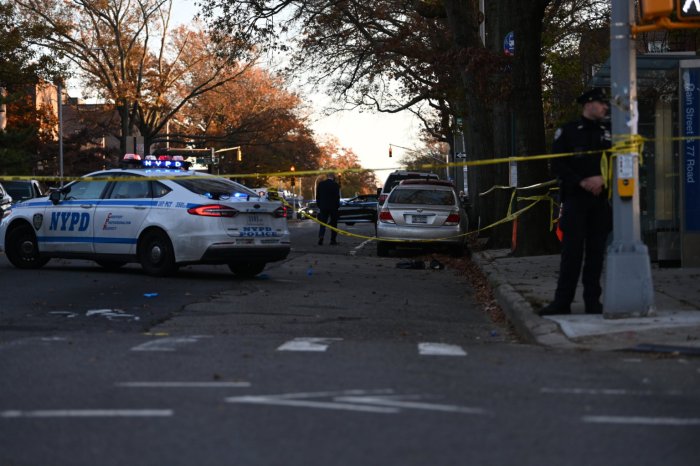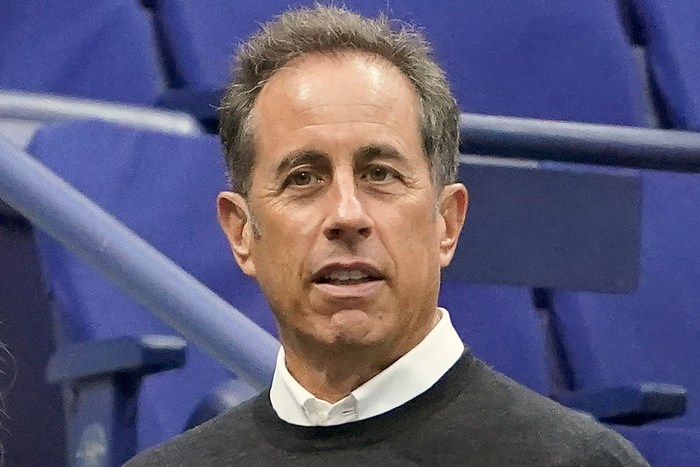By William Lewis
In a recent interview I conducted with state Sen. Toby Stavisky (D-Whitestone), she reaffirmed her support for state government financial assistance for prospective public college students. She pointed out that most of that money comes from the Tuition Assistance Program, which gives tuition grants to students who cannot afford ever-increasing tuition costs.
She indicated that in New York City there has been a form of free college education since 1847. On that basis, she said, “There have been 150 years of tradition in support of higher education.” Stavisky believes qualified college students should not be denied admission because they cannot pay the tuition.
With our state government faced with a $10 billion deficit and college costs continually skyrocketing, however, the question is how much longer can the state continue to finance public higher education to the extent that it does? In the 1970s, with the city in financial chaos, then-Mayor Abraham Beame initiated a program whereby for the first time since 1847 students at city public colleges would have to pay part of the tuition cost.
Stavisky used the term “qualified college students” when referring to who should enter the public college program, but it seems we have an increasing number of unqualified students in public colleges from the standpoint of a lack of motivation and learning ability. Most of the students at public colleges are hardworking and take education requirements seriously. For those who are not qualified, we see a significant amount of absence and lateness and a failure to turn in research papers altogether or on time in addition to low grades on examinations.
Where there are a considerable number of unqualified students in public college classrooms, it creates difficulties for the instructors and students present who are doing the academic work and progressing satisfactorily.
Years ago, in our public school system, in addition to regular academic high schools, we had many vocational high schools for teaching various trades. This type of school seemed to work well at the time with academic subjects being taught in the mornings and various trades being taught in the afternoon.
Not everyone is inclined to college academic subjects, but there is a definite need for all types of job skills in society that vocational training can provide.
Here in New York City, the funds are just not available for local government to provide education grants for public college students indefinitely, especially since the number of students entering the public college system is continually growing.
It should be mentioned that there is an increasing number of students working their way through college both at private and public colleges. This has always been the case in the United States.
A major question in recent years involves educational requirements being established by our federal government, but how far should the federal government go in establishing standards for public school and public college students? There has been a growing resistance to federal interference in local and state education policies. Local control over our school boards and schools has traditionally been the case. Hopefully, it will continue.
As we continue moving into the 21st century, there is no doubt that a more educated citizenry will be needed. The questions are how this is to be done and where the financial resources are coming from to implement the educational needs of the future.






























